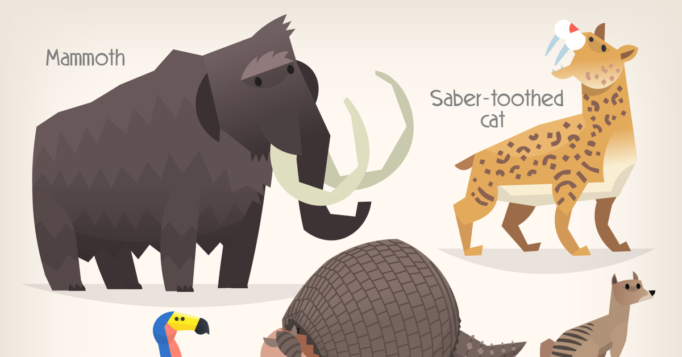
Animal instincts are stereotyped, species-typical behaviors. They are completed fully functional the first time they are performed, without any learning needed. Any sort of stimulus or cue will trigger these behaviors. Examples might include a kangaroo rat instantly jumping at the sound of a rattlesnake, even if it has never been near one.
Many of these instinctive behaviors are important to survival while also guiding animal development. However, the understanding that we have gained about these instincts is still minimal.
Imprinting
One major instinct includes imprinting. This has been researched and found to be a sort of preprogrammed type of learning. Animals are guided by alternative situations to complete attraction to the mother at birth and mating partners later in life. Research of baby ducks and geese who usually followed their mothers found they would also follow a substitute being. These baby birds did, in fact, follow whatever being was there the first time they opened their eyes. They imprinted the researcher and followed him everywhere as they grew.
Innate Behavior
Innate behaviors are closely controlled by genes. These have little or no environmental influence, occurring naturally in all members of a species whenever they are exposed to a certain stimulus.
Innate behaviors do not have to be learned or practiced. They are also called instinctive behaviors. An instinct is the ability of an animal to perform a behavior the first time it is exposed to the proper stimulus. If you own a dog, you likely know one key example. A dog will drool the first time—and every time—it is exposed to food.
Reflexes
Innate behaviors occur in all animals, but they are less common in species with higher levels of intelligence. Humans are one of the most intelligent, leaving us with few innate behaviors. The only innate behaviors in humans are reflexes. A reflex is a response that always occurs when a certain stimulus is present. For example, a human infant will grasp an object, such as a finger, that is placed in its palm. The infant has no control over this reaction because it is innate. Other than reflexes such as this, human behaviors are learned–or at least influenced by experience—rather than being innate.
With all of this, there is much to learn about the many different animal instincts that we see out there. The birds that fly around your house are innately knowledgeable about the creation of their nests. All those little creatures and insects that find their ways around your neighborhood are also instinctively attracted to your garbage, water, and other items.

